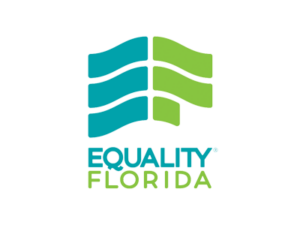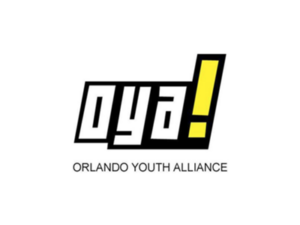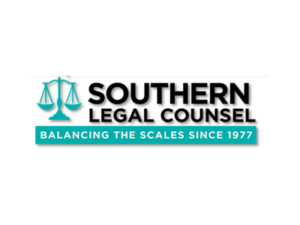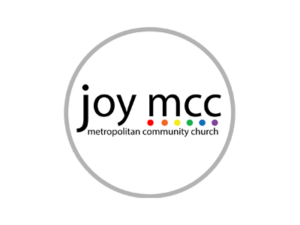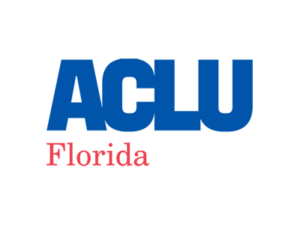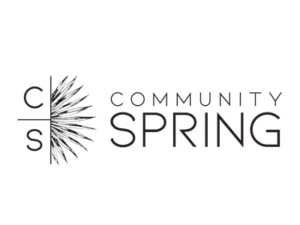NCLR’s Sports Project aims to ensure that lesbian, gay, bisexual, and transgender players, coaches, and administrators receive fair and equal treatment—free of discrimination. Founded in 2001, the Sports Project has litigated cases on behalf of LGBTQ athletes and coaches, advised schools and athletic associations, and convened key coalitions to combat homophobia and transphobia in sports. NCLR co-founded and participates in a coalition of LGBTQ sports leaders from across the country that works to combat anti-LGBTQ bias in sports. The coalition brings together college and professional athletes, coaches, athletic administrators, political figures, LGBTQ advocates and sports organizations to examine best practices, troubleshoot common problems, and develop strategies to tackles anti-LGBTQ bias at every competition level.

Sports
Advocacy
Legislation & Policy
Common Ground Initiative
Nationwide
NCLR partners with the NCAA in the Common Ground Initiative to increase dialogue at conservative religious colleges about how LGBTQ inclusion and respect for religion can operate together to create safer, healthier, and more inclusive environments for student athletes—and by extension for all students.
Cases & Advocacy
Doe v. Horne
Arizona
The complaint alleges that S.B. 1165 violates the Equal Protection Clause of the U.S. Constitution, Title IX, the Americans with Disabilities Act, and the Rehabilitation Act by banning these girls from playing school sports.
Resources
Press Release
National Center for Lesbian Rights Condemns House Passage of Transgender Sports Ban
Yesterday, the U.S. House of Representatives voted 218-206 in support of H.R.28, a federal bill that would ban all transgender girls and women from participation in school sports.
Publications
First Line of Defense: Essential Legal Protections for LGBTQ Coaches and Staff
There have been many advances in lesbian, gay, bisexual, and transgender (LGBT) civil rights. From national marriage equality to increased employment protections, LGBTQ people are taking bold steps toward achieving equal treatment in all fields, including athletics. However, in order to protect your rights, you must first know what they are—at the federal level, at the state and county or city level, and at your employment institutions. Download PDF

